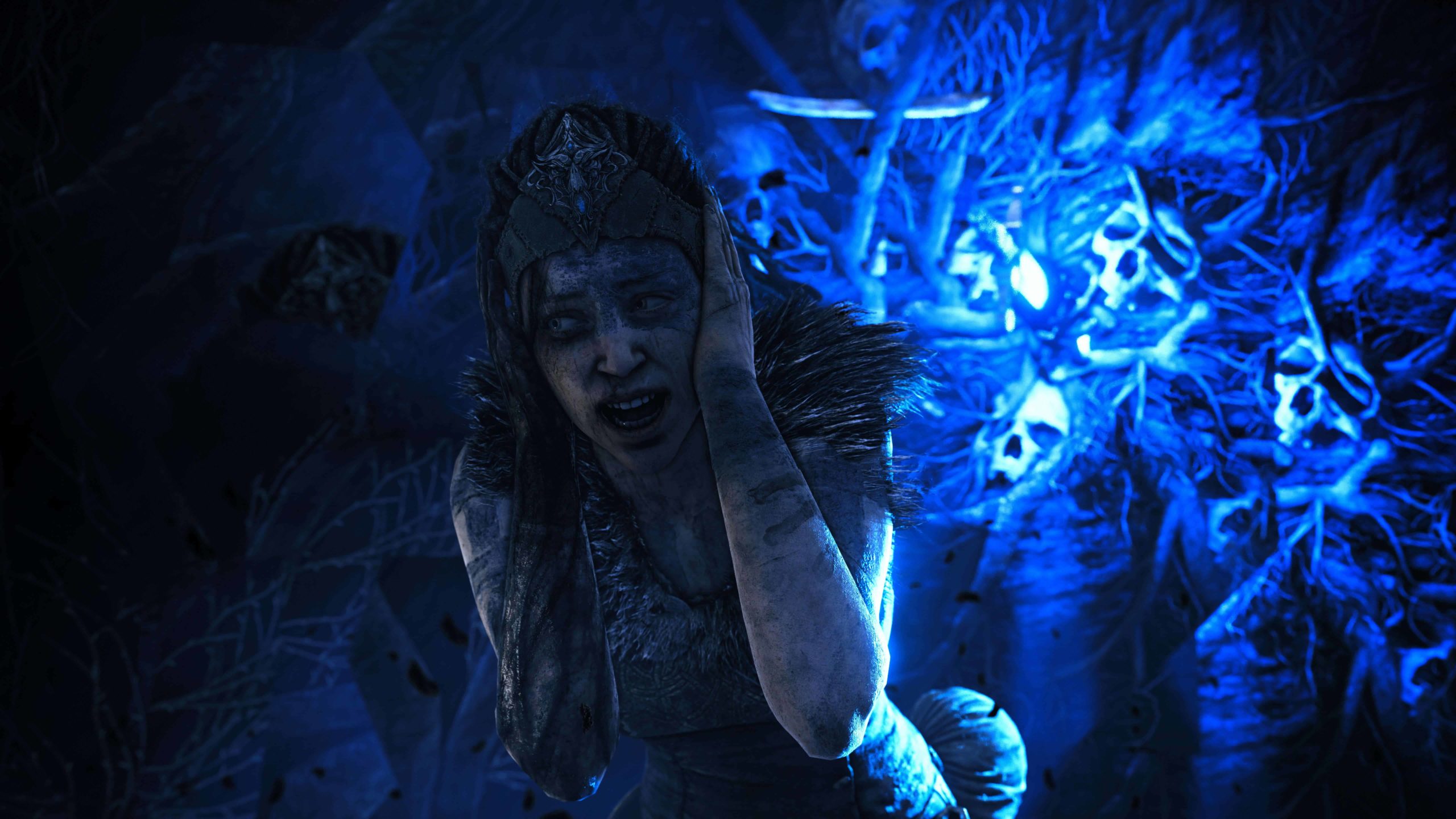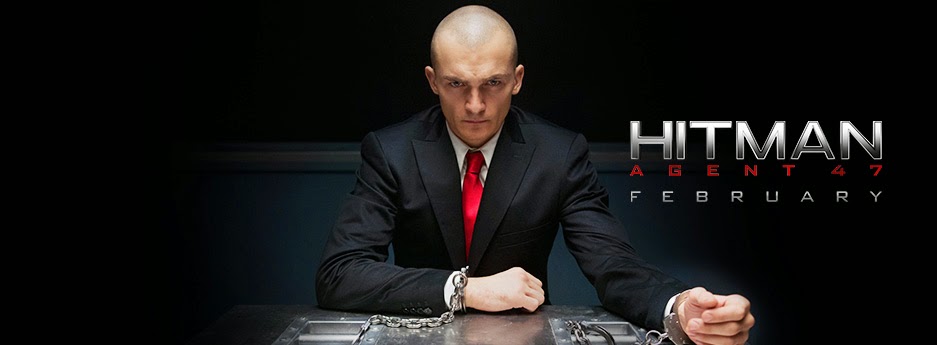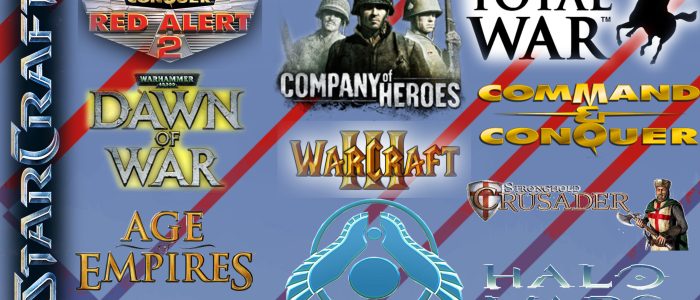WHY VIDEO GAME MOVIES FAIL

WHY VIDEO GAME MOVIES FAIL
Video games offer one thing that most other media cannot: the ability to control. Even if the events are set in stone, the path is not one that is to be passively observed, but instead the observer BECOMES the subject and plays out the cards as they are laid on the table.
We find that it seems to work best when the developer takes the general concepts and themes of the video game and comes up with their ORIGINAL content (as in NOT a storyline form the game itself). The best examples are Golden Eye 64, chronicles of Riddick and the king movie tie-in game.
This direction for the movie seems to work because it is an entirely new, one that cannot be disputed by the often-diverse starting experiences of players around the world. Empirical evidence has found that references and Easter eggs work much better for iconic moments in video games. A retread of the same old quest, particularly of iconic but tired locations early-game just illicit feelings of boredom, frustration and disinterest.
Easter Eggs work because they are, essentially, a nostalgic callback. They are a little moment of recognition in a sea of unfamiliar territory, and they help feel the audience just a bit more at home.
It appears to be a bitter truth that movies often seem to fail to capture the magic of the iconic video games they are part of. A good example of a bad film is the Super Mario movie; nearly every ASPECT of the movie is wrong, off or horrendously warped to be unrecognizable.
Why is it that, for this medium of movies, the video games movies are considered lesser, or ‘loser’? Video game movies are embarrassed to be a video game sourced movie, why? Why is it somehow more embarrassing to be a video game movie than say, a comic one?
Often, it feels as if the source material is ‘inferior’ to the other sources. A video game is often aimed at children (a popular, albeit incorrect, opinion currently) and therefore is not worth the money. The reasoning is pretty solidly resting on the only base it has now; that it’s a game for kids, and therefore irrelevant for adults. It is also assuming that they are somehow easier to make than other games, and somehow its not a ‘real’ job.
Why does it feel like games are ‘juvenile’ and ‘a bad investment’?
Games have outpaced movies in terms of size of industry for many years now. Games have come a long way, having undergone quite a change in the last few decades; they’ve become vastly social as an activity, with online multiplayer and e-sports being a major feature of life. The old attitude that games are ‘childish’ is also outdated, as the majority of gamers are adults and a significant portion of them are women. Games have also become a vehicle for entertainment, education and social activity. It is no longer the realm of recluses and lonely children.
So now, we see that the demographics of the games has changed massively… but the attitudes are still stuck in the decade’s past. The public news has continued to insist that games, which have the requirement of staying still in one spot and indoors, are the domain of children or unhealthy adults. However, this assumption is backed by a toxic ideal of ‘the great outdoors’ that just aren’t possible. For many, living day to day mostly consists of work, followed by a minimal amount of leisure and sleep. For many able-bodied folks, work drains them so much that video games are often the only convenient entertainment. This same goes for disabled folk; their attachments to video games are often so important they are lifesaving.
The majority of games are actually not made for children, and most major titles actually don’t recommend allowing a child to play. This attitude that video games are not serious does not reflect current reality and needs to be addressed. Video games have made some pretty hefty statements on mental illness, like how Psychosis is portrayed in Hellblade: Senua’s Sacrifice with the help of the input of real mental health experts.

Games enjoy certain superiority over the ability the control the narrative and how it plays out. By putting the player in the shoes of the hero, it removes the barrier that movies could never surpass for more than a decade. As games have improved, becoming more and more like interactive movies, the border has thinned but the superiority is clear as day too. Games just offer more too, in terms of content and hours of entertainment. Adding to these are mods, sequels, and spinoffs means that the content scale is massive. Video games encapsulate the SECOND PERSON perspective- YOU are the player, YOU stole the taters, or stopped an evil magician. Movies cannot capture this, as they are strictly third-person.
There are, however, problems when movies attempt to use games, which sell gameplay, into a movie about story, and no player control at all. That must mean the experience must be akin to watching a documentary about everyday objects- it has to capture and keep the audience long enough to stay interested and take away some lessons/laughs etc.
We now discuss the case of Hitman: Agent 47 (2014)

Characterization and Character’s experience
A Case study of Characters doing Uncharacteristic Things Turn off the Audience
(warning: spoilers below!)
For example, in Hitman: Agent 47 (2014), the titular Hitman Agent 47 lets himself be caught with weapons and allows himself to be captured. At another point, he decides to slaughter special forces operators instead of disguising himself as one of them. At many points, his modus operandi seems to be “murder in any and all forms” instead of neutralizing only the target and do not harm innocents”. In fact, Agent 47 in the movie seems to prefer murder and mayhem over a “Silent Assassin” protocol, the latter of which where he slips in and out with no one the wiser (or witnesses are either paid off or knocked out somewhere). It seems extremely out of character for Agent 47 to not use his skill for deception, misdirection, and stealth.
Characterization is often sacrificed or not flashed out for two reasons- for appeal or for a bang. Some character’s entire persona sometimes is too boring or rugged for the mass audience, leading to an unlikeable hero with other heroes. The second thing is that a character is ‘enhanced’ for a bigger impact; this often ends up missing the whole point of the character.
Movies just cannot capture the feeling of control that video games give players. After all, movies are passive experiences. The only way movies have come close is by… well, becoming interactive. A good example of this is Netflix Bandersnatch, where users had to make choices to determine the path of the storyline. It proved popular for various reasons and was a unique feature in the sea of same-y movies that is Netflix’s catalog.
Perhaps, the sacrifice of ‘big set piece action sequences’ was to make for a big-budget action scene set pieces. But that’s another problem: the set pieces need to be in character too. The problem with Hitman (2014) was that its scenes felt out of place for the video game movie. Maybe if it was marketed as just another new name thriller, it might have been more in line with how thrillers work. But as it was after the brand, it failed miserably. A good example is the metro shootout scene; Agent 47 would never openly start a fight by shooting at his target, and bring attention to himself. Furthermore, he would also keep using his guns as long as possible, not drop them for the convenience of a badly choreographed fight scene. This whole set-piece is meant to show that the iconic Agent 47 is ready to dish out some pain, but all it does show is that this is some out of character crap he might have done if he was more desperate.
His increasing desperation remains pertinent throughout the film; the hyper-violent gunfights, explosions, and decisions to be more manly by using fists when other better means are right there end up making the character into something he is not.
Another way the movie fails is the lack of the iconic Diana Burntwood, Agent 47’s Handler, and his paragon foil. Her absence, for the most part, felt like the absence of Agent 47’s parent organization, the International Contracts Agency (ICA). This iconic organization helps contextualize Agent 47 and his missions, and reducing that influence means Agent 47 is more “hyper lethal and slightly idiotic vigilante” and less of “An Accomplished Assassin with roots, a life, and an Organization”.
The movie is made in the wrong genre- a stealth game is forced to be an action murder mayhem movie rather than a horror stalker thriller.
It is also from the wrong perspective; for me, playing the games was like rewinding the crime scene of a murder. It always felt like a third person view of a very accurate retelling of a crime, perhaps as a confession. The movie could have been much better, and far more mysterious, if it went for the third person view, outside of Agent 47, to really shine a light on the character and the world. This is what the game is like, for many, Agent 47 is an enigma, who doesn’t share secrets even when the player controls him.
This is understandable since, at its core, Hitman’s best missions mean no one was the wiser, or some poor souls have a lot of explaining to do amidst a whole world of accidents, unconscious people in various recesses, and unexplained sudden death. This kind of content would make a pretty boring movie, if done wrong. The sense of thrill needs to be there, and for the audience then have some ‘skin in the game’, the sense of hazard and choice needs to be heightened. Good thriller movies do achieve this by making the audience feel close to the characters and their goals; John Wick and the Equalizer are great examples. Both these examples could easily be based on games, as the premises match a stealth killing experience found in games like Hitman and Metal Gear Solid.
Lack Of Control Makes For A Snoozefest: However, most movies cannot take this risk, as it means recording hours more of footage that may well never be. While the interactive experience is unique, it is rare, and therefore largely unexplored.
The feeling of control is what makes video games fun; video games sell gameplay, not a storyline. The loss of this control in a movie setting makes for a passive audience that doesn’t have ‘skin in the game’.
The gameplay itself is a very large reason why games sell; the story doesn’t, therefore, need to be very fleshed out, as the gameplay itself gives the players the story they want or the one that needs to be told (usually it’s a mix and match thing). Therefore, characters and lore can often be very thin on the ground. In the grand scheme, it is often side materials, such as Codex entries and character exposition that sets the tone and context, not a movie.
These pieces of the whole game are also longer than the oft standard 100 minutes limit on movies. They can only explore so much, do so much, and show so much in that set time period, and have to wrap up the story as neatly as possible. This is still the case even if there is a sequel planned, as movies are supposed to be full closed-ended experiences.
Movies need to be therefore made into many parts in order to really flesh out a world, its characters, and its events. This typically ends up meaning short stories are movies, while longer protracted storylines are turned into tv shows with a set number of episodes per season.
Audience Input
Movie choices do not require audience input, adding to the passive experience; Choices made in movies often feel like they’re irrelevant to the listener and/or watcher. It’s not our choice to make, so why bother?
And then, due to how wide the breadth and how deep the depth of human experience is, many will feel that the choices made were, well, not what they’d want. Many would say the choices wrong, too creative or not creative enough, some would say it’s silly so many women on a show just don’t talk to each other and should have been able to avoid a disaster, or how dramatic miscommunication wouldn’t last so long between best friends.
Some would say lovers are not quite so quarrelsome, or that some people don’t like to fall for someone who is terrible all the time, or some might as well dedicate their whole lives to them!
Capturing the Human Experience
The point is, the human experience is truly so vast as to be nigh incomprehensible; many stories, therefore, feel like they are a single iteration of so, so many ways it could have done. The right person at the wrong time, the wrong person at the right time, the irrelevant person stumbling into something great, and a great person proving minor in the grand scheme of things… are all iterations of a story repeated over tens of thousands of years of human experience.
Stories are often just one version of the events that happen; often, a story with different people can and does produce very different results and events.
Lack of details due to budget and time constraints often mean that the movie cannot be what it sets out to be- the budget may call for a modest movie whereas the game itself might be a multi-billion dollar franchise.
Movies fail to capture appropriate levels of details in massive worlds even in a linear story- which is why xhey often feel like they should be part of a larger thing. This is the exact reason why Game of thrones was a series, rather than several movies. As above, the budget for a tv show is easier to acquire and for longer periods of time
MOVIES often have to work a lot of smaller stuff into many, many scenes. Often, the viewers don’t have the luxury of taking their time to look at sets and characters, dresses and locations. This is why movie books are a thing, why visual references exist.
For games, this is totally not the case; many times, the players are given enough information to peruse, examine and pick apart. Often, in modern games, it’s also possible to remake that asset in some sort of program. For example, in the game Skyrim (2011), modders have brought around iconic swords, pretty clothes, and badass Viking gear based on a TV show.
Movies are too short to capture the spirit of a game; Over the course of many hours, the story, the quests and the characters all come together to set the tone and feel of the game. The feeling of oppressive horror, the freedom of flying, the feeling of running from something, fighting an apocalyptic dragon all have their distinct atmospheres.
In conclusion, movies are best used to capture the snapshot third person view of an adventure, to catch lightening in a bottle of a feeling, a people and a group. They are best suited for short bursts of creativity that harnesses the potential of an intellectual property and takes it in a direction only movies can achieve. Short movies are a wonderfully perfect medium for historical movies based on a series, or for explaining lore and heroes of an existing game. Movies are also able to go over a wide range of material, lore, events and characters speedily, and are therefore for succinctly conveying what could be far too expensive to convey in a game.
However, the type of movie that is adapted has to be deeply thought out. The wrong movie genre can ruin not only the movie, but also reputation of the game and its developers. A well-chosen movie would do a far greater service to any genre it is under than a movie that is eventually canceled. Movies are also fickle, and the corporate involvement could ruin an otherwise great piece of art.
While movies are not games and cannot replicate the feelings and rush games give us, movies are their own skill set and should be given the attention it deserves. Movies are not just non-interactive games, they are a special way to view a different medium; they offer an experience, a preset. The cross of the two genres does not always produce beautiful children. This lesson is one of wary behavior in the face of mounds of failures with but a few successes.



